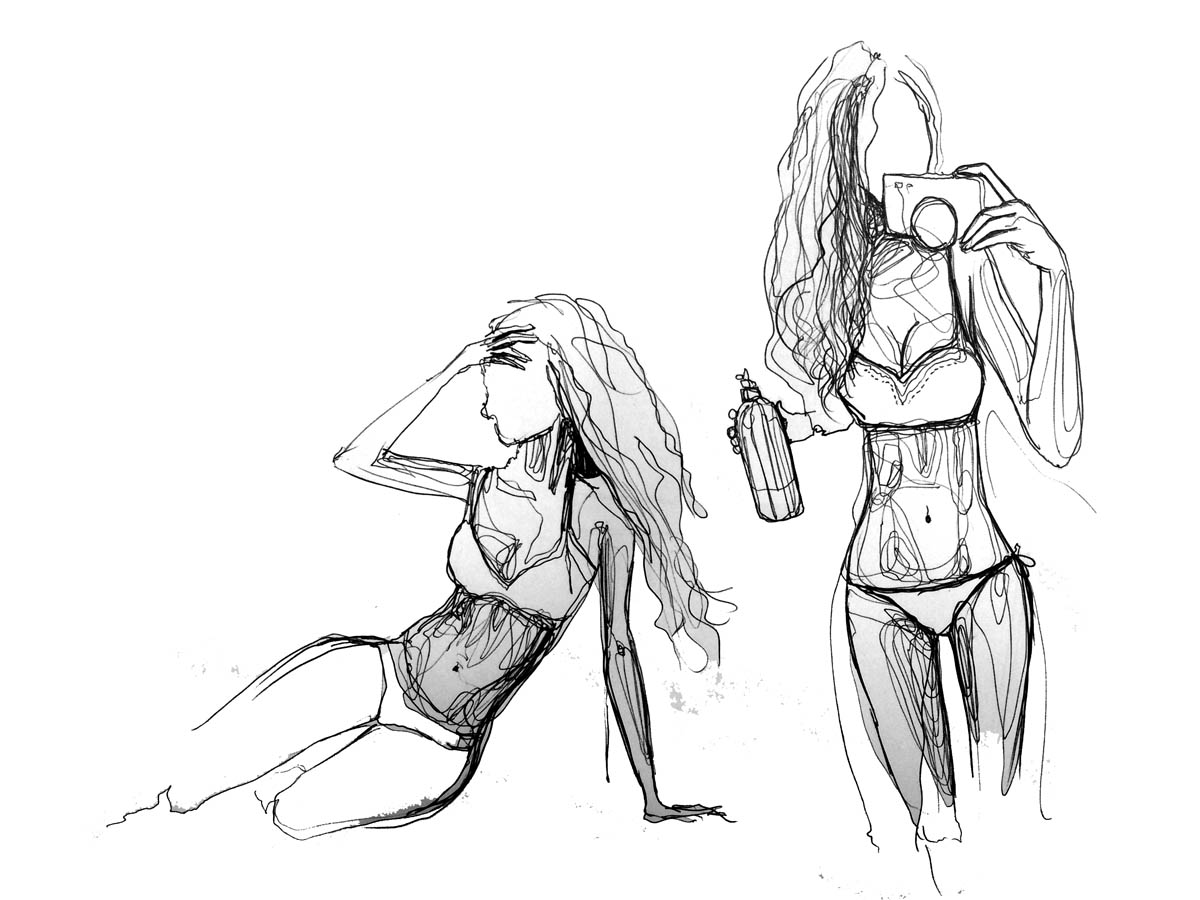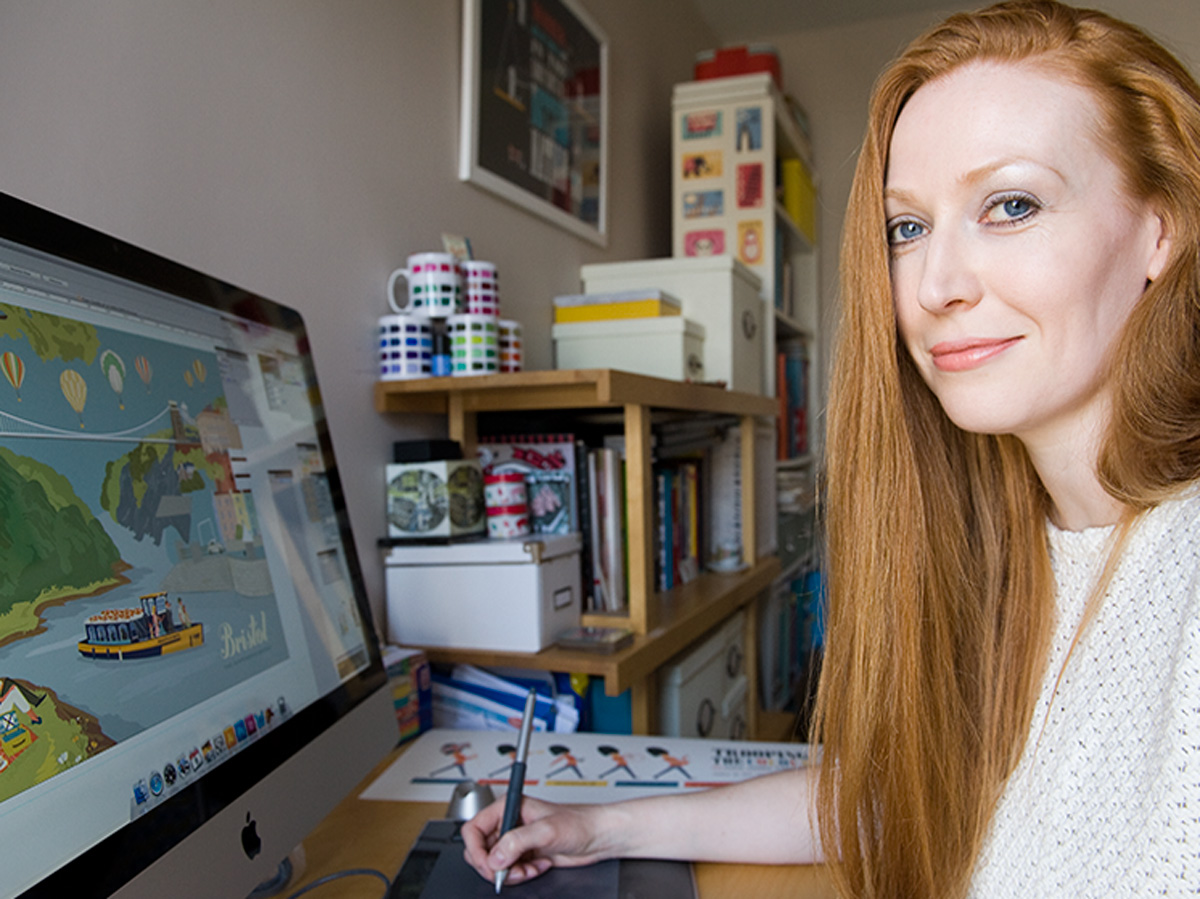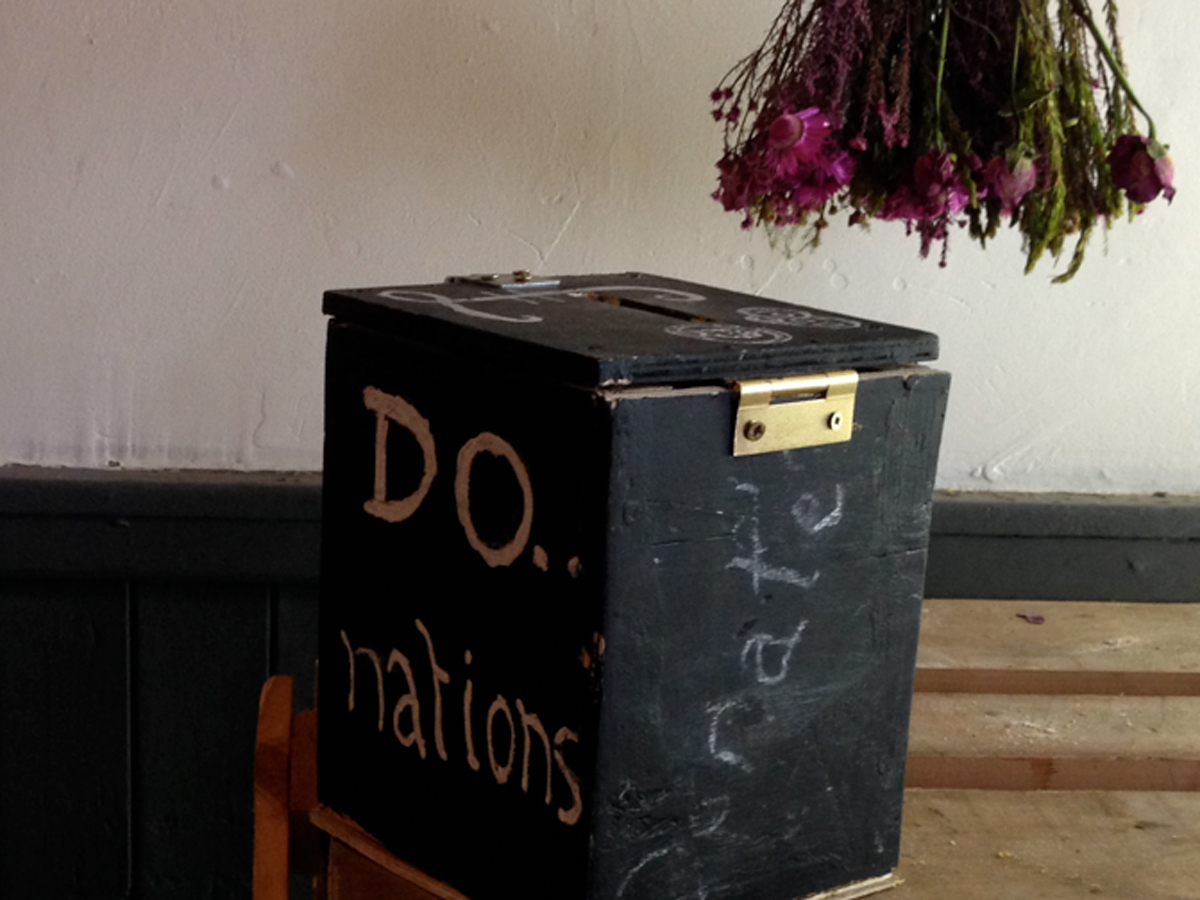The Red Stuff: Why You Should Be Giving Blood
It’s National Blood Week and Jacob Dyer wants you to donate all your blood. Because he’s donated all of his. Here’s why.
8,000 units of blood are needed in this country every day to meet demand
There are many things we know we should pay more attention to. We’re chastised for bad diets, told we should eat less sugar and swallow down more vegetables. We know we should take the stairs instead of the lift and we should cycle to work. We know we should give blood.
8,000 units of blood are needed in this country every day to meet demand, and the harsh reality is, that demand is rarely met. Last year, there were 2.1 million donations from 1.6 million donors, which seems like a huge number.
In actual fact, that’s only 4% of the population helping out.
I’ve heard a few reasons for shirking the needle.
I started giving blood early last year and when I tell people I donate, I’m normally met with compliments and a pat on the back, and while it’s lovely to receive such praise, it does make me wonder why those people don’t follow in my footsteps and take it upon themselves to do as I do and save lives.
I’ve heard a few reasons for shirking the needle. Most common is a fear of being pricked, another is a tendency to faint when looking at a single red drop, and I’ve been told, through a series of grandiose sighs, that life just gets in the way and there simply isn’t enough time to donate blood. Whatever your reason, this article will blast through your argument and you’ll be compelled to sign up.
To demonstrate how easy it is to give away the red stuff (if you’re over 17), I thought I’d talk you through what happens on a regular visit to the donation centre. I won’t sugarcoat things and I won’t leave out any details; I’ll tell you what happens in an honest and straightforward manner so when you do as I do, you won’t be surprised or scared.
As you sit down, it’s natural to feel a little scared.
So, picture the scene: you’ve signed up to donate through blood.co.uk, filled out the forms, and turned up 10 minutes early for your first appointment. When you walk into your local donation centre, a nurse will confirm your name, appointment time and then hand you a welcome folder.
As you sit down, it’s natural to feel a little scared. There are people in the room who’re already donating, and your eyes will be magnetised to their arms and the tubes coming out of them. Don’t freak out. I know it’s easy for me to say that, but please take a deep breath and remember why you came. The welcome folder will go over what happens next and remind you to drink something before you give your blood away.
Eventually, you’ll be called up by a nurse and taken to a private area to talk about your health. The questions asked aren’t overly personal, and always confidential. After the conversation, you’ll sign a consent form and then comes the haemoglobin test.
…drink something before you give your blood away.
Haemoglobin is the red pigment in your blood. It contains iron and carries oxygen from the lungs and around your body. The test involves a tiny (honestly, tiny. I’m not lying.) prick to your finger and then a drop of your blood is plopped into a copper sulphate solution. Why go through all this trouble? Because this is how the nurse will assess your iron levels. If your blood goes right to the bottom within a certain amount of seconds, you’re ready to donate.
Now it’s time for the moment of truth.
Your arm will be cleaned, poked, prodded and assessed
You’ll be escorted to a funny-looking chair and once you clamber onto it, you’ll be rotated twenty degrees so you’re lying on your back. A cuff, just like the one to test your blood pressure, will be put on your arm so the nurse can find your veins easily. Your arm will be cleaned, poked, prodded and assessed.
Then comes the needle. I cannot tell you how to get over your needle fear (if you have one), but you are allowed to close your eyes. I like to look away and mutter to myself and kick my legs into the air. Everyone reacts differently. You’ll feel the needle go in (look into that as much as you want) and then you’ll start to feel a numb sensation in your arm. If you’re stupid like me, you’ll give in to curiosity and look down at your blood being taken away, but you can keep your gaze averted for the whole procedure.
I like to look away and mutter to myself and kick my legs into the air.
It’s worth noting that you’re allowed to bring something with you so you can occupy yourself. You can bring an iPod, text your friends or surf Facebook or Twitter on your phone. I take selfies to promote the cause. The donation takes 10 minutes on average, though it varies from person to person. During that time, nurses will check on you and ask if you’re comfortable.
Once you’ve given enough blood, the nurse will take out the needle and patch you up. If you’re allergic to plasters, you’ll be accommodated. From the chair, you’ll be taken to a small rest area where you can have a cup of tea and a biscuit to replenish yourself and take a little time out.
That’s it. That’s all there is to it. Ten minutes of sitting in a chair with a needle in your arm and you’ll save 3 lives. Pretty good deal, if you think about it. Remember that once you donate, drinking alcohol is a bad idea unless you want a hangover that’ll make you cry, and strenuous activity and lifting is totally off the table. In short, you should take it easy. Arranging another donation can be done through talking to a nurse, and if you commit to regular donations, you get send awards and nice letters in the post.
I could use the end of this article to throw all the facts and figures under the sun at you and bore you with 1,443 statistics, but the simple fact is this: giving blood is free, takes less than an hour and saves lives. It’s something that you can do that will make an immediate difference to so many lives.
If this article has convinced you to help those in need, or if you’re still unsure about the whole thing, you can check out Blood.co.uk for more information. There’s also the official Twitter, @GiveBloodNHS and if you would rather talk to a person, the official helpline is 0300 123 23 23.
Related Links:
‘On Happiness’ by Richard Peake
‘Four Reasons You Shouldn’t Be Scared Of Counselling’ by Sammy Jones
More From The Author:
‘Waste Not, Want Not: Dipping Around In The Skipchen’
‘Co-Lab-Orative: Bristol’s Local Art Scene Gets Business-Minded’
External Links:
The Site has a lot of information about health, from mental to physical so check em out










